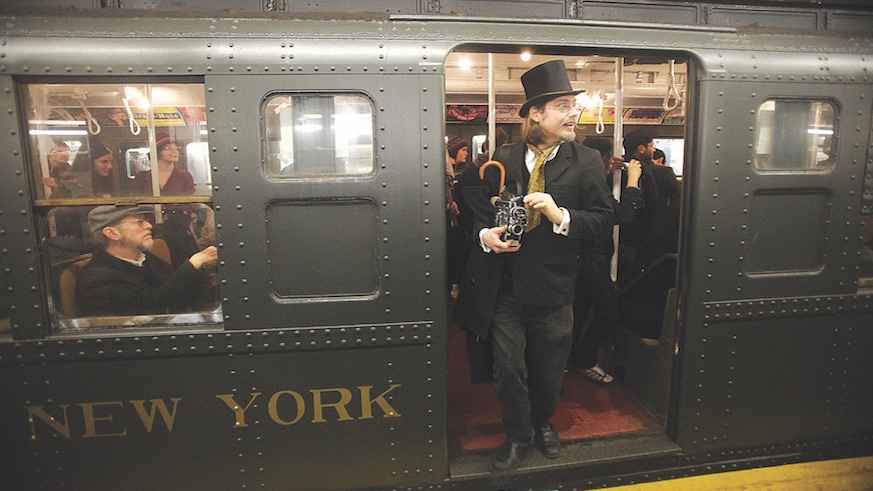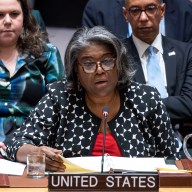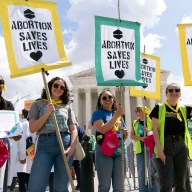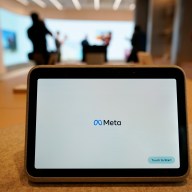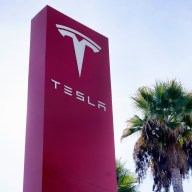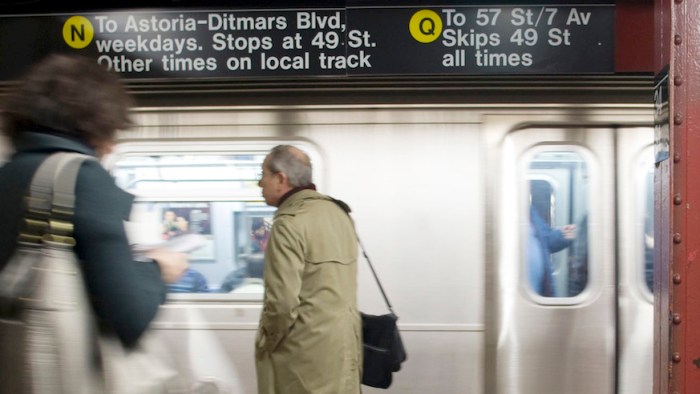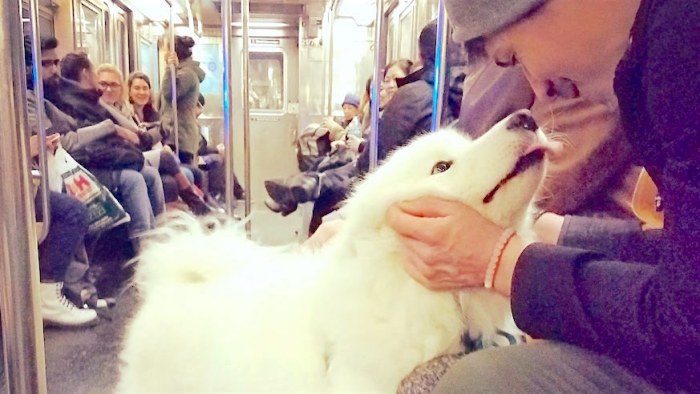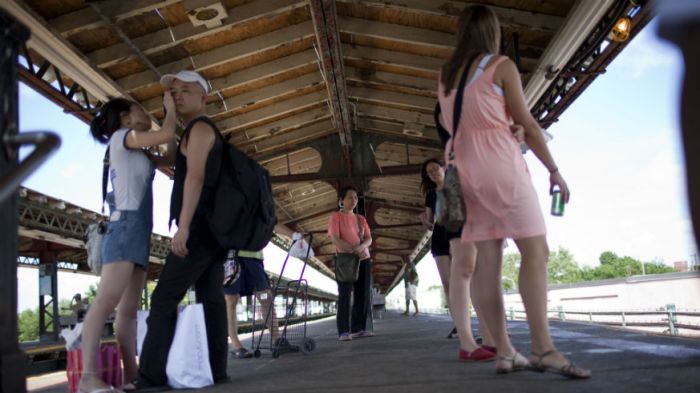To understand today’s New York City subway crises, you have to go back to the beginning.
The original BMT (Brooklyn Manhattan Rapid Transit – today’s B, D, J, M, N, Q, R and Z lines) and IRT (Interboro Rapid Transit – 1, 2, 3, 4, 5, 6, 7, Franklin Ave. and Times Square shuttles) subway systems were constructed and managed by the private sector with no government operating subsidies.
Financial viability was 100 percent dependent upon fare-box revenues. They supported both development and economic growth of numerous neighborhoods in the boroughs of Manhattan, Brooklyn, Bronx and Queens. As part of the franchise agreement which owners had to sign, City Hall had direct control over the fare structure. For a period of time, owners actually make a profit with a five cent fare.
After two decades passed, the costs of salaries, maintenance, power, supplies and equipment would pressure owners to ask City Hall for permission to raise the fares. This additional revenue was needed to keep up with maintaining a good state of repair, increase the frequency of service, purchase new subway cars, pay employee salary increases and support planned system expansion. Politicians more interested in the next re-election (and subscribing to the old Roman philosophy of free bread and circuses) refused this request each year for well over a decade. As a result, in order to survive owners of both systems began looking elsewhere to reduce costs and stay in business. They started curtailing basic maintenance, delayed purchases of new subway cars, postponed salary increases for employees, canceled any plans for system expansion and cut corners to survive.
In 1920, automatic coin-operated turnstiles were first introduced on the Lexington Avenue subway. This began the elimination of ticket collection employees.
In 1932, NYC began building and financing construction of the new IND (Independent Subway – today’s A, C, E, F and G lines). This new municipal system subsidized by taxpayers’ dollars would provide direct competition to both the IRT and BMT. Municipal government forced them into economic ruin by denying them fare increases that would have provided access to additional badly needed revenues. Big Brother, just like the Godfather, eventually made them an offer they couldn’t refuse. The owners folded in 1940 and sold out to City Hall.
In 1953, the old NYC Board of Transportation passed on control of the municipal subway system, including all its assets to the newly created New York City Transit Authority. Under late Governor Nelson Rockefeller in the 60′s, the Metropolitan Transportation Authority was created. The Governor appointed four board members. Likewise, the Mayor four more and the rest by suburban county Executives. No one elected official controlled a majority of the votes.
Until the 1960s, most subway stations had clean, safe, working bathrooms with toilet paper. Revenues generated from a 10-cent fee helped cover the costs. It was common to find both penny gum and 10 cent soda machines dispensing products at many subway stations. It was a time when people respected authority and law. That generation of riders did not litter subway stations and buses leaving behind gum, candy wrappers, paper cups, bottles and newspapers. No one would openly eat pizza, chicken or other messy foods while riding a bus or subway.
In 1967, NYC Transit introduced the first ten air conditioned subway cars operating on the old IND system (Independent municipal NYC built, financed and operated A, C, E. F & G lines). It was not until 1975, that air conditioned subway cars were introduced on the old IRT (NYC private franchised Independent Rapid Transit system operated 1, 2, 3, 4, 5, 6, 7, Franklin Avenue and Times Square shuttle lines). Subsequently, this also included the old BMT (NYC private franchised Brooklyn Manhattan Transit System B, D, J, L, M, N, Q, R and Z lines),
It took until 1982 to retrofit all the original IRT “Redbird” series subway cars. By 1993, 99 percent of the NYC 6,000 subway cars were air conditioned with the exception of a handful running on the 7 Flushing line.
In 1969, the MCTA became the Metropolitan Transportation Authority and took over management of the NYC Transit Authority.
In November 1967, the Chrystie Street connection was opened. This linked the BMT line (today’s B, D, N and Q lines) via the Manhattan Bridge to the IND Sixth Avenue line. This provided new operational and service options for the NYC Transit benefiting several hundred thousand Brooklyn residents.
In December 1988 the Archer Avenue subway line was opened at a cost of $440 million. Thanks to this investment, the J/Z & E lines provide direct service to both the Long Island Rail Road Jamaica Station and a new terminus at Jamaica Center at Archer Avenue and Parsons Blvd in Jamaica, Queens. There are additional new stations including Jamaica/Van Wyck and Sutphin Blvd./Archer Ave.
In 1996, Metro Cards were introduced which provide free transfers between the subway and bus. This eliminated the old two fare zones making public transportation an even better bargain. Purchasing a weekly or monthly subway/bus pass reduces the cost per ride and provides virtually unlimited trips. Employers offer transit checks which help subsidizes a portion of the costs.
In December 2001 the 63rd Street Tunnel between Queens and Manhattan was opened at a cost of $650 million. This included new stations at 21st Street Queensbridge, Roosevelt Island and Lexington Avenue/63rd Street. Thanks to this investment, the Queens Blvd. F line continues to provide direct service to the Sixth Avenue corridor in Manhattan without having to use the older 53rd Street tunnel between Queens and Manhattan.
In September 2015, at a cost of $2.4 billion thanks to this investment funded by the City of New York – the Flushing 7 subway extension from Times Square to the new Hudson Yards Station adjacent to the Javits Convention Center was open for service.
Today, Gov. Andrew Cuomo is serving as the hired superintendent running the MTA hired by NYC, who is actual landlord or owner of NYC Transit buses and subways.
All have long forgotten that buried within the 1953 master agreement between the City of New York and NYC Transit is an escape clause. NYC has the legal right at any time to take back control of its assets. This includes the subway and most of the bus system. Actions speak louder than words. If municipal officials feel they could do a better job managing the MTA, including running the nation’s largest subway system, man up and regain control.
Instead of complaining, Mayor Bill de Blasio should come up with the balance of $2.5 billion the City still owes toward fully funding the $32 billion MTA 2015 – 2019 Five Year Capital Program and provide several billion more. City Hall should match Albany dollar for dollar in any increased assistance. Governor Andrew Cuomo should deliver the outstanding balance $5.8 billion balance toward his original $8.3 billion pledge plus his most recent new commitment of an additional $1 billion. MTA NYCT can’t afford to wait until 2018 or 2019 for both de Blasio and Cuomo to make good on their respective promised financial commitments.
Too many career politicians for over 36 years have insisted that the MTA continue financing more and more of the Capital Program by borrowing. This is no different today. As a result, 17 percent of the annual MTA budget goes for covering the costs of debt service payments. By the next MTA Five Year 2020 – 2024 Capital Program Plan, it could grow closer to 20 percent. This means less money is available for operations to provide more frequent and safe service to riders. It also means there is less money just to maintain the state of good repair, safety and security.
The NYC Transit subway needs to concentrate spending on reaching a state of good repair for existing fleet, stations, signals, interlockings, track, power, yards and shops. Ensure that maintenance programs for all assets are fully funded and completed on time to ensure riders reliable service. Any system expansion projects such as $6 billion Second Avenue Subway Phase 2 need to be put on the back burner until all of this is accomplished.
Larry Penner is a transportation historian and advocate who previously worked 31 years for the U.S. Department of Transportation Federal Transit Administration Region 2 NY Office.

